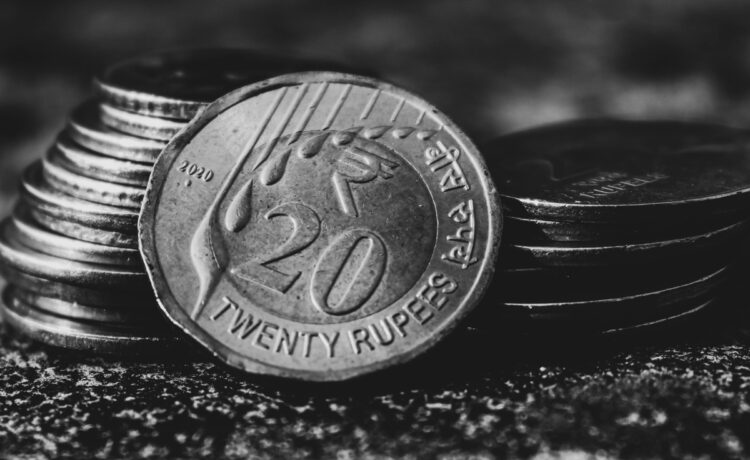The rupee poses a greater challenge for the Reserve Bank of India than its perennial growth-versus-inflation dilemma. The rupee has fallen by around 3 percent in the past year. Donald Trump’s victory in November only hastened the depreciation of the rupee as the dollar kept getting stronger in anticipation that the US economy would benefit from the policies of the new President. Yet, the rupee was better than most emerging market currencies thanks to RBI’s interventions to protect the rupee. The Indian central bank sold dollars in the forex market to keep the rupee from hitting new lows, and in doing so, it depleted the country’s foreign exchange reserve by $80 billion. India’s forex reserves fell from $705 billion in September to $623 billion by January 17, an 11-month low. The aggressive interventions by the RBI have now ensured that the rupee remains overvalued vis-a-vis other currencies, with experts now seeing another 5-8 percent depreciation if RBI allows the market to value the local currency correctly. On this front, it does not have much choice, as it cannot continue depleting the forex reserves to support the rupee.
A weaker currency poses several bigger problems for RBI, which is under severe pressure to cut interest rates to uplift the economy, which is worryingly slowing down. A weaker currency risks exacerbating inflation, constraining the central bank’s ability to consider a potential rate cut in February. It may also deter the RBI from injecting liquidity into the system, as excess liquidity could further fuel price pressures.
Moreover, the US dollar is poised to strengthen—especially with Donald Trump’s return to the White House, which could revive policies favouring a robust greenback. The Indian economy has entered a vicious cycle where high interest rates and inflation stifle growth. However, if RBI cuts the interest rates, as everyone expects, it may risk an escalation in prices, which has a high possibility for a weaker rupee. The RBI might have to throw caution to the winds and take a bold policy stance in February by leaning towards growth rather than being too wary of inflation. It will also have to stop intervening in the forex market and let the rupee settle towards its ‘real’ value. A boost in growth might support the currency in the long run.

